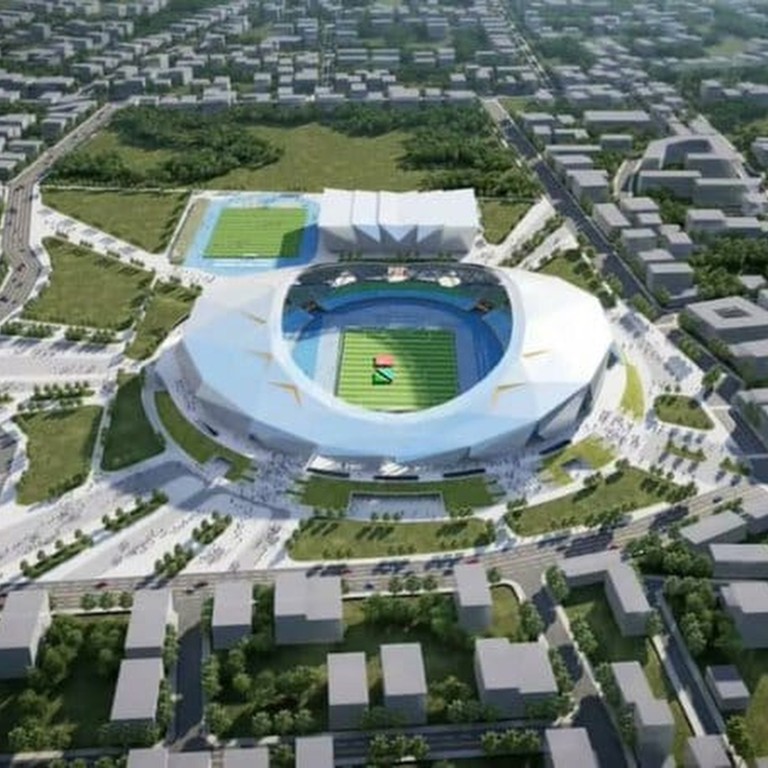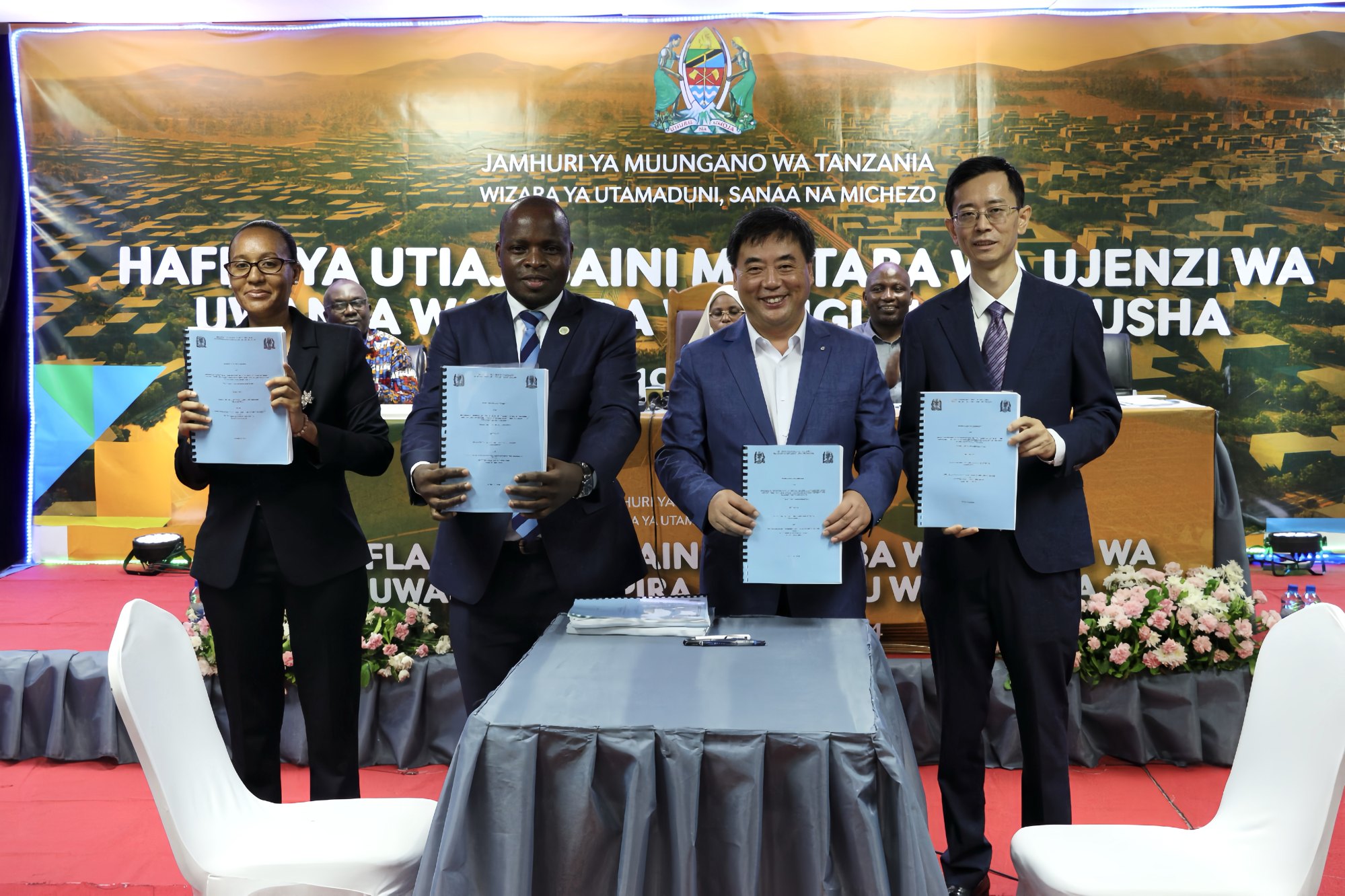
China’s latest African building contracts prove ‘stadium diplomacy’ is a winning formula
- Two new major stadium construction contracts have been awarded to Chinese companies in Kenya and Tanzania
- They join a list of more than 100 sports arenas built or funded by China in Africa as part of its ‘stadium diplomacy’ tradition for influence-building
Contracts to build two new major stadiums in Tanzania and Kenya have been awarded to Chinese companies, with observers saying the move is part of Beijing’s long-standing tradition of “stadium diplomacy”.
According to the Tanzanian minister for culture, arts and sports, Damas Ndumbaro, the stadium will be completed in time for Afcon, Africa’s biggest sporting competition, which Tanzania will jointly host with East African neighbours Kenya and Uganda.
The stadium will also host other activities such as athletics and trade events, helping to boost tourism in the country.
Zhou Zejun, chief engineer at CRCEG in East Africa, told Chinese state news agency Xinhua that inspiration for the stadium’s shape and design will come from Mount Kilimanjaro and the local gemstone tanzanite, while its colours will come from the Tanzanian flag.
“The overall architectural style is light and simple, perfectly integrating the local environment and culture,” Zhou was quoted as saying.
China’s ‘stadium diplomacy’ looking for a win at the Africa Cup of Nations
While the cost of building the stadium has yet to be disclosed, it is expected to be completed by December 2025 and will serve as the main venue for Afcon 2027’s opening and closing ceremonies.
At the official stadium groundbreaking earlier this month, Kenyan President William Ruto said: “I have agreed with the Ministry of Sports and the Ministry of Defence that this stadium will be built to world-class standards with military discipline. I will therefore expect our defence team … to ensure that all the timelines we have agreed are met by the contractor.
“I also expect that there will be weekly and biweekly supervision and I will be here myself every three months until this facility is completed.”

There was also the US$107.5 million Laurent Pokou Stadium in San Pedro, funded by the Industrial and Commercial Bank of China.
China is not new to building stadiums in Africa: Kenya’s main sporting facility, the 60,000-seat Moi International Sports Complex in Kasarani, was funded and built by Beijing nearly four decades ago.
According to Chinese nationalist tabloid Global Times, the country has built more than 100 stadiums across Africa.
Observers say the stadiums are part of a wider long-term plan by China to boost diplomatic ties with African countries by funding large-scale infrastructure projects. These have included diplomatic and military education facilities, presidential palaces, parliament buildings, hospitals and foreign ministry headquarters.
Writing in The Conversation in January, Simon Chadwick, professor of sport and geopolitical economy at SKEMA Business School in France, and Chris Toronyi, a PhD candidate and lecturer at Loughborough University London, said the stadium building was tied in to China’s belt and road ambitions.
In an interview with the Post in January, Paul Nantulya, a China specialist at the Africa Centre for Strategic Studies in Washington, said the building of stadiums and other aid projects such as presidential palaces, military headquarters and parliaments, was “a cost-effective way of generating political influence with different elites”.
However, he said the projects were invariably add-ons as part of bigger deals.
Whether it was energy projects or building a railway, “you will always find those being included in these deals as a by-product”.
“China is essentially benefiting from those economies of scale,” Nantulya said. Over the past two decades, he said, China had built at least two or three major buildings in more than 40 African countries – or at least 180 buildings by 2021.
But Nantulya said there was more to it than just bricks and mortar. If the buildings were the hardware, there was also a software element to these deals.
“It also comes with training, which I call the software aspect of it – and that’s really where the influence comes in,” Nantulya said.


